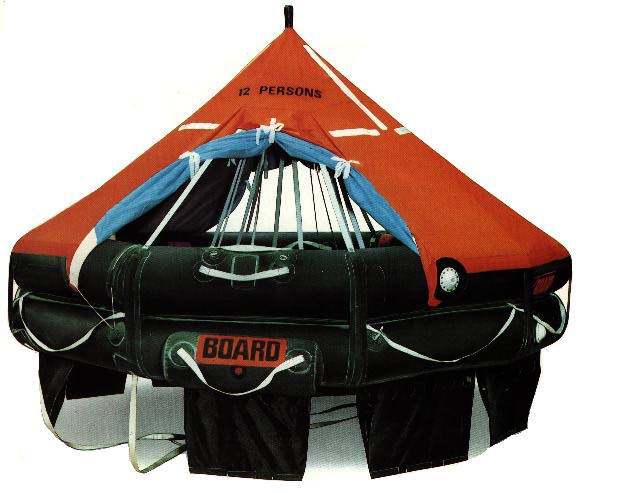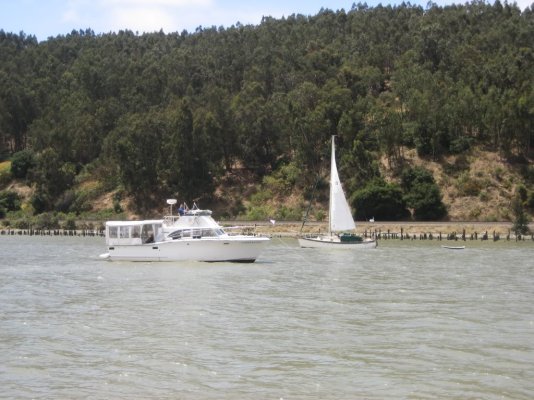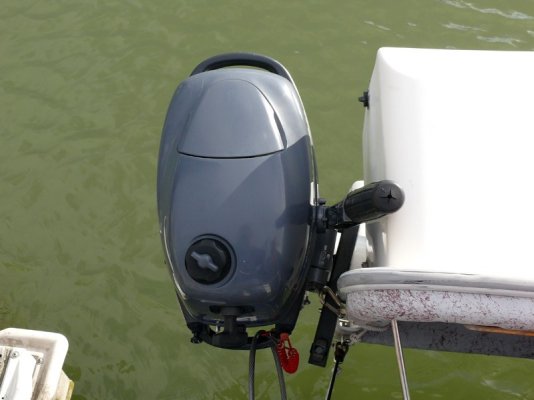markpierce wrote:
*Leaning toward a hard-hulled, easily-rowed, motorless dinghy.
I think a hardshell is the best way to go but you might want to re-think the motorless bit.
We did this at first.* The Montgomery sailing dinghy that came with our boat is great, but not as a stable, load-carrying shoreboat.* So we added the Livingston on the swimstep on Weaver davits.* At the time we thought, "Motor? We don't need no stinkin' motor."* So we rowed everywhere.
Now this worked okay until the day we got caught in a tidal current sweeping out a narrow exit from a small bay we were moored in.* I was barely able to row out of the current and I was pooped by the time I got us free.* FIve more minutes and the current would have won.
Now in this instance*if we hadn't been able to row free it would not have been a big deal because the current would have deposited us outside one end of the bay and we could have rowed--- probably for the better part of an hour--- around to the other entrance to the bay and back to the boat.
But it did get us thinking, what if this had been an emergency?* What if I'd HAD to get somewhere against or across that current and hadn't been able to row clear?* So we decided to acquire a motor.* Not a big one--- 4hp 4-cycle Yamaha in our case.* But this is more than enough to make decent headway against all but the strongest currents in the area we boat.
I don't know what the tidal range is in SFO bay.* Maybe it's not much. So maybe you aren't faced with having to deal with currents, in which case rowing may be sufficient for all your requirements including emergencies.* But if you do have to deal with currents (or winds or rough water) you might find that a motor gives you an edge that you might someday really need.
There's no rule that says if you have it you have to use it.* You can still row if you want to.* But while it's easy not to use the motor you have, it's a real bitch trying to use the motor you don't have.
Just a thought......





